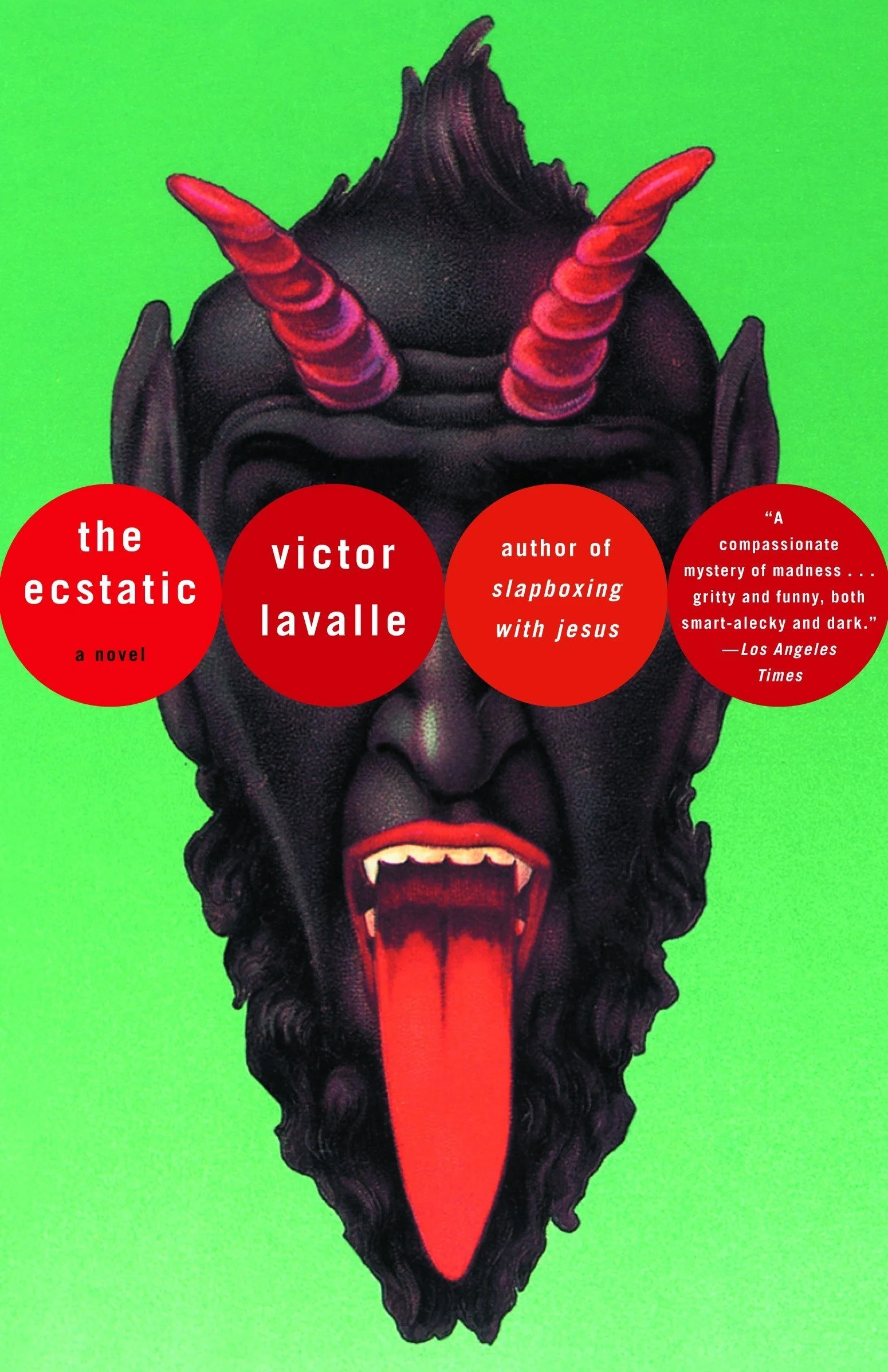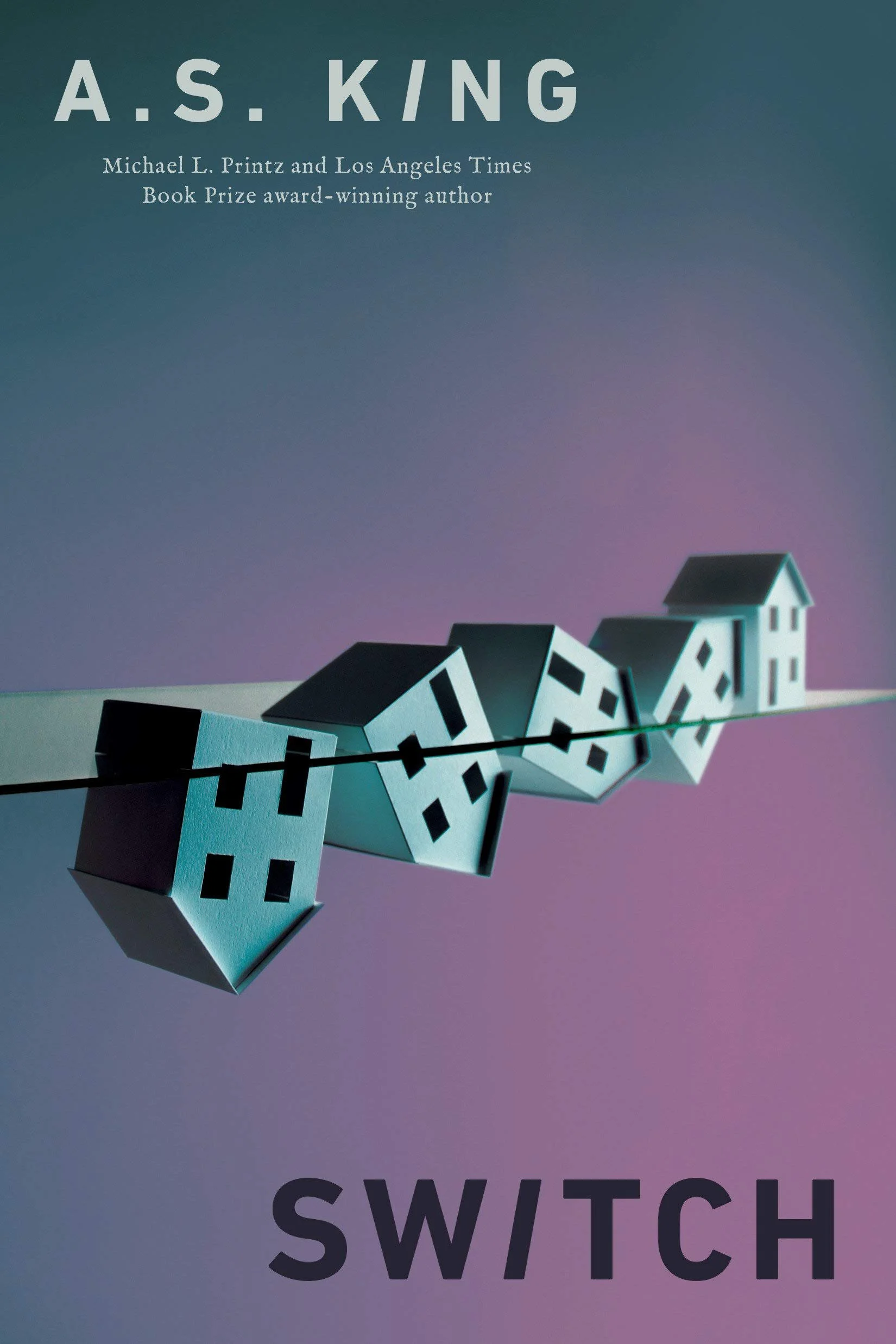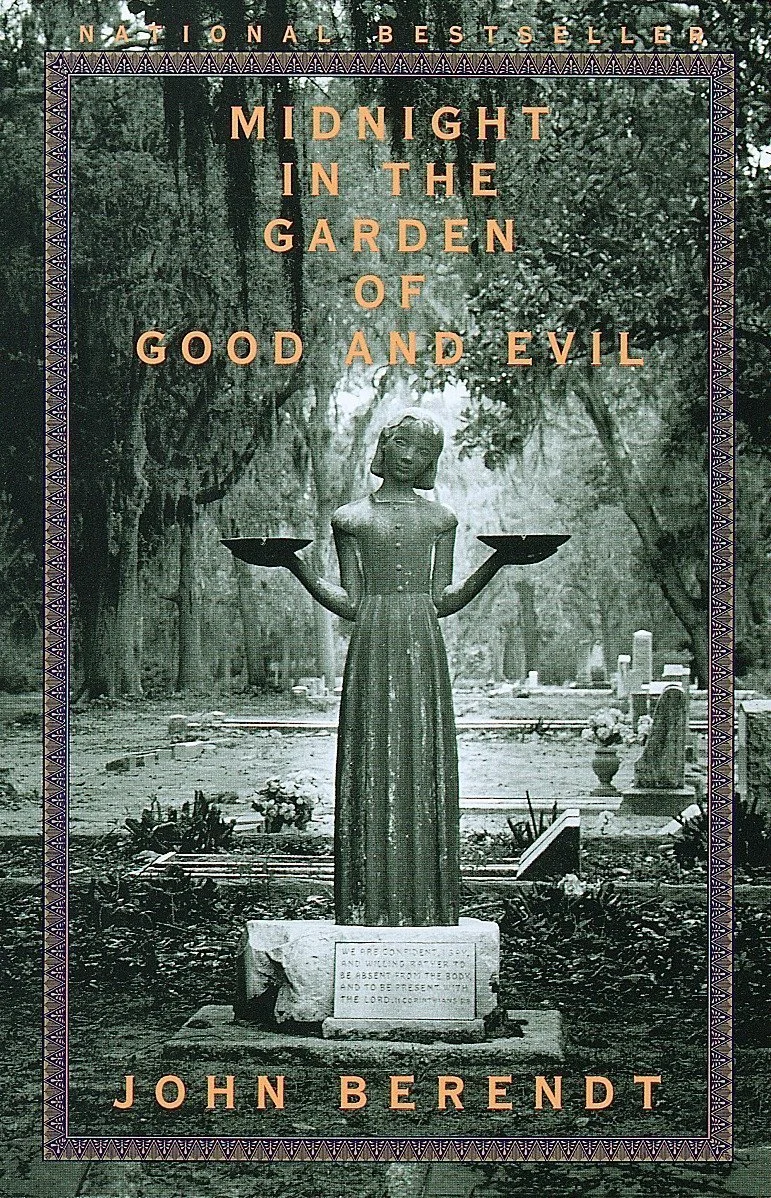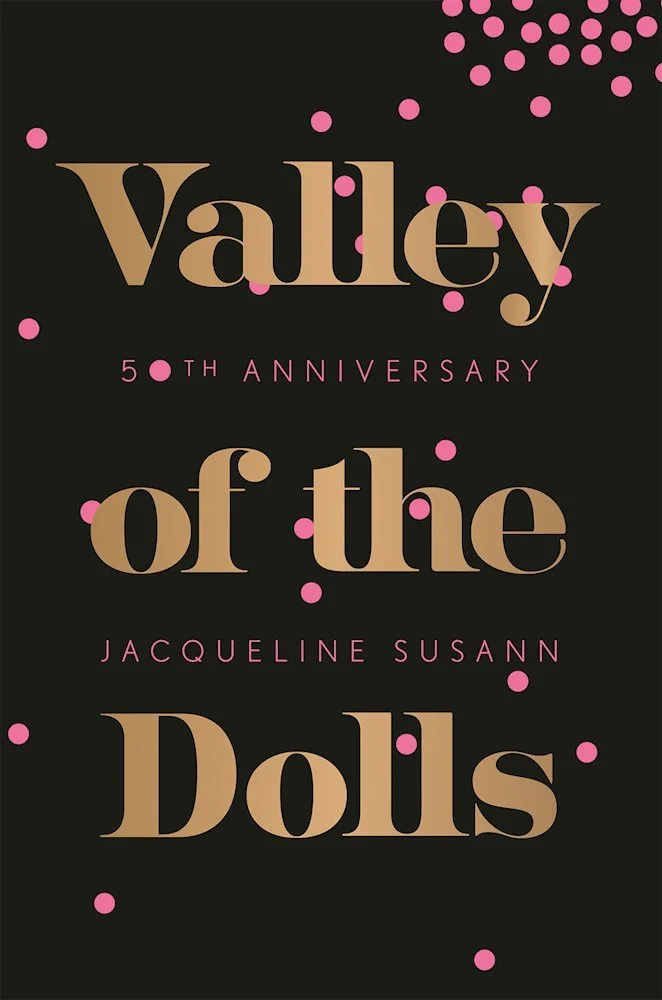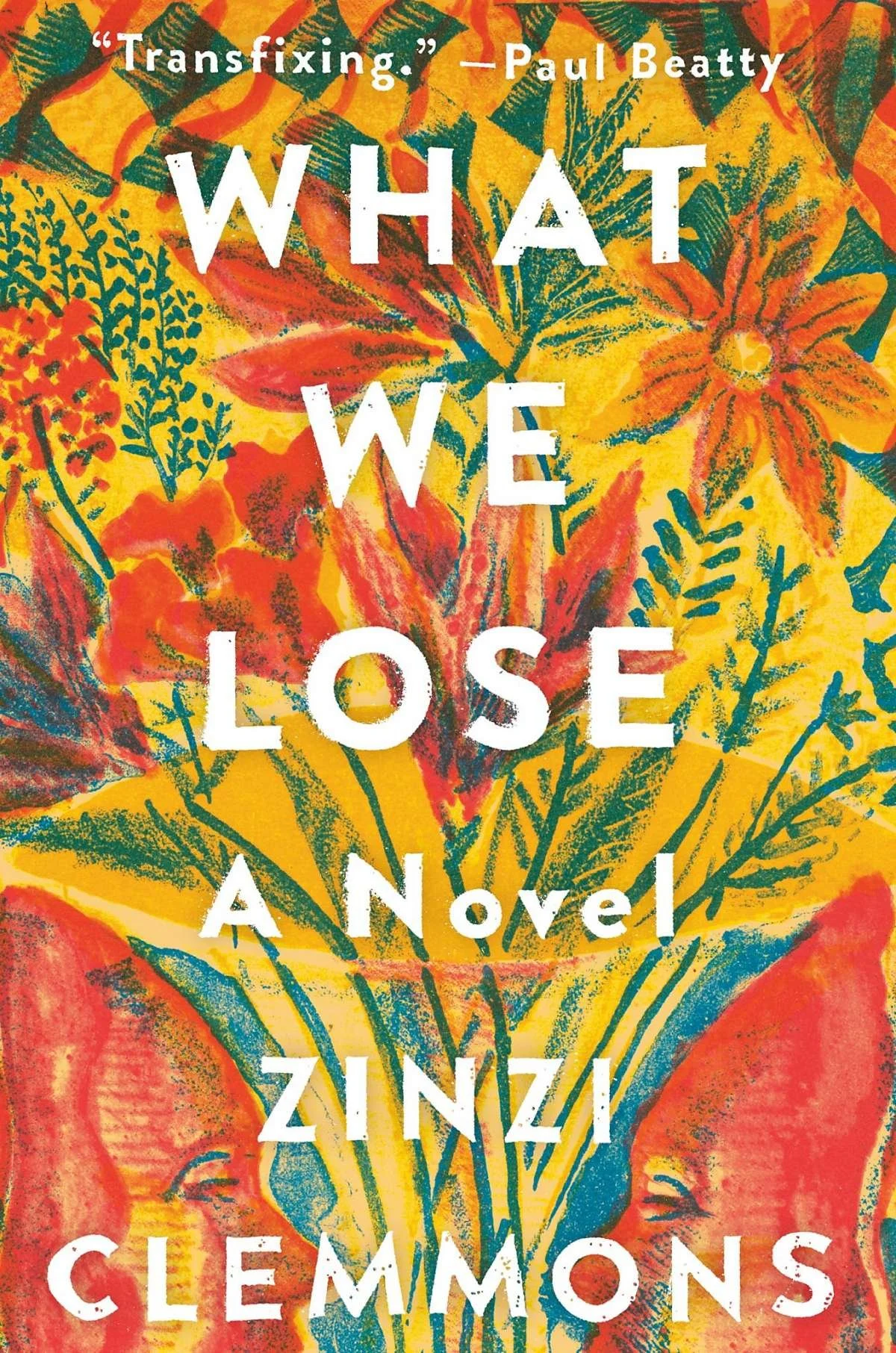2021 Reading List
Chain of Iron Cassandra Clare
5/5 Reading Sounds: Jackson by, Trixie Mattel (feat. Orville Peck)
So 2021 got off to a late start for me this year, as far as reading goes. I did not start reading Chain of Iron until it was released on March 3, and I did not finish it until after I graduated in April. So far, this trilogy (The Last Hours) is tied with The Dark Artifices as my least favorite Cassie Clare series. That’s not to say that I did not enjoy Chain of Gold (Book 1) or this one. I enjoyed them both a great deal. However, the parental characters from this series (the main cast of characters from The Infernal Devices trilogy, my personal fav) continue to be my favorite characters in this series. It doesn’t feel right for me to spend so much of the book looking forward to the scraps of Will / Tessa / Jem / Charlotte / Jessamine that are thrown my way not often enough throughout this thick ’n juicy installment. There are some notable favorite characters starting to develop in this book (Anna / Grace / Cordelia / Matthew), but none of them have neared the level of attachment I have to my favorite characters from other series in this universe. Overall, this was a really solid second book. Some of the angsty love-triangle drama has yet to really hook me, but I find that Cassie’s main love stories can easily lose importance to me when there are so many other character relationships to focus on. The character arcs are becoming more interesting, Clare is weaving the TLH plot lines as a sort of base to give more context to the events of TDA (much like she did with The Mortal Instruments series and TID trilogy), and the return of familiar faces (Magnus / Malcolm / Ragnor / Lilith) provides a sort of relief from the huge cast of characters Clare has introduced us to. This is the second book focusing on the characters of TLH, and that’s not including the short stories from The Shadowhunter Academy, Ghosts of the Shadow Market, and The Bane Chronicles which gave us our first preview of the drama in this trilogy. But sometimes I find myself confused about who everyone is exactly, and how they are all related to each other (there are so many Lightwoods in this book, I couldn’t keep the sets of siblings sorted in my head). Cassandra Clare is a 3rd book miracle worker, so I am ready to see how she knocks it out of the park with the final book in this The Last Hours series: Chain of Thorns, releasing in 2022.
2. The Ecstatic Victor LaValle
4.5/5 Reading Sounds: Bubble Toes by, Jack Johnson
This was a book that I picked up just because of the front cover. Normally that would be a bad sign, but I am so happy that I did. Books that are about mental health usually have a pretty well-trodden storyline that may introduce a new character archetype, but largely stay the same. I think that is why this book surprised me so much. When I finished the book, there was no true fix-it moment, and I think that this idea of living with something that the world would choose to ignore resonated with me very deeply. The protagonist Anthony’s family is aware of schizophrenia within multiple generations of their relatives, but they choose when and who they will intervene to help with it. Anthony’s sense of (toxic) masculinity within this story was interesting as well. How can he be the provider for a family that just had to rescue him from himself? Throughout all of these hard-to-discuss topics I felt that LaVelle was still able to inject humor and fun into his characters and settings. I particularly enjoyed the pageant put on by Uncle Arms. The juxtaposition between this pageant and the Miss Innocence pageant that Nabisase (Anthony’s sister) enters is startling and makes for some excellent internal dialogues that continued long after I closed the book for the night. At several points I was convinced that some of the characters would be discovered to be schizophrenic hallucinations, and this misconception led me to read the first half of the book in a very different way than I would have if I had gone into it more open-minded. I think that at some point I will need to reread this book and see what more it has to offer now that I know what mindset to lead into it with.
3. Daisy Jones & The Six Taylor Jenkins Reid
5/5 Reading Sounds: Rhiannon by, Fleetwood Mac
I bought this book back in 2020 because of the sheer number of people who were raving about it on YouTube, and it has been sitting on my shelf for almost 9 months now. When I finally picked it up, I thought it would be a leisurely read that I could stretch out for a week, so I’d have something to read while I was at the beach. Dude. I opened to the first page on Thursday night around 9pm, and finished around 5am on Saturday. I had to do some driving on Friday, and I was busy, so I’d like to say that I basically finished this book in a day. And I didn’t even make it last till the drive to the beach. This book is set up like a docs-series about the rise and fall of a fictional 70s rock band called Daisy Jones and the Six, with an unknown interviewer asking the band members questions and only giving us their word-for-word responses. This creates an entire cast of unreliable narrators who want to share their side of every story. The band members recount their experiences leading up to the worldwide success of their biggest and final album as well as the crazy stories from backstage on their tour. This is one of those books that feels too fun to be good. Like someone might come up and take the book away from you if you don’t finish it fast enough. And so I did finish it fast, almost too fast. As soon as I was done with it, I felt like I’d finished a sprint that I never wanted to end - and I hate running. I had so much fun reading this book, I’m excited to see the new Amazon Prime adaption that has been announced, and I can’t wait to check out other books by Taylor Jenkins Reid (I have my eye on The Seven Husbands of Evelyn Hugo).
4. Switch A S King
4/5 Reading Sounds: Powerful Man by, Hop Along
When I first started reading this book, I thought that it was going to be a COVID story. King begins the story with the premise of time stopping at the same moment across the entire world. How does life go on in such a predicament? Can it go on? The answer is yes, but it is an eerily self-reflective and timely question to pose right now. As with most A. S. King books, this was not enjoyable necessarily, but it was extremely gratifying. This story made me feel sad in a lot of ways, but it was beautiful to see the characters live through an event that most would tell you is insurmountable. It was especially interesting to see this plot through the eyes of a high schooler. With so much to look forward to, the push towards a solution is strong and dominates much of the book. The plot is never, “How can we live like this?” It is always, “How can we fix this?”
5. Midnight in the Garden of Good and Evil John Berendt
2.5/5 Reading Sounds: Dead Girl Walking by, Barrett Wilbert Weed
I normally hate nonfiction, but this was a wonderful surprise. Berendt’s Midnight in the Garden of Good and Evil follows a real-life cast of characters from Savannah, GA, as they mingle and gossip their way through a murder that rocks the entire community. I often caught myself mentally commending the author for creating such realistic characters with such great dialogue, until I inevitably remembered that this was a nonfiction book created mostly through in-person interviews. The unpredictable events that occur, though, tended to seem so fantastical that they could not possibly be real. It is hard to imagine that this eclectic group of people shared anything, especially a geographic location. Although I normally shy away from nonfiction, the usual criticisms I have for this genre were absent throughout this book. The pacing was perfect, there were no textbook-like sections to drudge through, and it never felt like I was reading something I would rather just Google the ending to. I knew that I could hop on the internet and find pictures of these real people and events, but I was happy to let the author take me on this journey himself.
6. To The Lighthouse Virginia Woolf
-/5 Reading Sounds: Addicted to Self Mutilation by, M83
I started this book the same day that I finished Midnight in the Garden of Good and Evil. That day, I made it about 100ish pages in - mostly during the car ride back from the beach. Since then I have not been able to finish the book. My beach trip was seven months ago. Although it genuinely brings me a lot of embarrassment to say this, I don’t think I will be able to finish this book. I went and read the Sparknotes just to remind myself of the plot points, and I have to admit that this refresher brought on a lot of renewed interest in the story, however, when I opened the book to finish the last 40 pages, I just couldn’t bring myself to do it. I appreciate the contemporary way that Woolf narrates the story, in a stream-of-consciousness format that allows the reader to feel that a lot is happening even though the characters might only be sitting down for dinner and looking at each other. This lent itself to her meditation on time itself and the ravages that it leaves in its wake. I stopped reading during the section entitled “Time Passes.” Although the first part of the book stretched a single day (I think?) into over one hundred pages of dense prose and philosophical rumination, this section drastically altered the pace, turning a decade into less than twenty pages. This writing format in itself is a choice that stirs interest in me again, making me want to try to finish the book for the millionth time. I enjoyed Woolf’s ideas about femininity and masculinity, the push and pull between them, and the consequences of this conflict. I would like to finish the book in the future, but I am unsure if I ever will. I have also been told by a few different people that I need to give some of her other works a chance before I judge her solely on this book. Look out, A Room Of One’s Own, here I come! Just kidding, it might be a while…
7. Valley of the Dolls Jacqueline Susann
5/5 Reading Sounds: What’s A Girl To Do? by, Bat For Lashes
I wasn’t expecting this book to be what it was. Going into it, I really didn’t know much about it, in all honesty. I knew that it was supposed to be pretty scary, centered around a group of Beverly Hills housewives in the 1950s, and there was a lot of murder involved. So, I was pretty surprised when I read the back of the book and found out that none of that was accurate. The Valley of the Dolls is about three women’s journeys to fame as they climb the social ladder of New York City and Hollywood. When they achieve this hard-earned emblem of respect and fortune, they are rewarded with the infamously grotesque lifestyle of drugs, alcohol, and abuse that is so commonly discussed in the year 2021. Even though this narrative felt all too familiar already, the story of Anne Welles, Neely O’Hara, and Jennifer North is one that made me feel things I was not comfortable with or prepared to be feeling. Susann did an excellent job of warning me. In an article included in the preface of the book, she writes: “I show the gore of the inside battles. That’s how it is. That’s how I see it. Rough, yes. Savage, you bet. But not dirty…” I was not prepared to love and then hate these characters so quickly and unrelentingly. Neely started with the promise of becoming one of my favorite book characters of all time until she turned into a snarling bestial Hollywood mega-monster. Anne was the put-together one that I wished I could relate to until I realized that the cold and analytical way she navigated her own life was something I feared more than envied. Jennifer was the closest to remaining on my good side, as she climbed the industry against all odds, until her story came to an end, and I had to put the book under my pillow for a few minutes for fear of throwing it across the room instead. Side-character-who-felt-like-a-headlining-special-guest Helen Lawson was a tsunami of personality whipping off the page at me every time she came into a scene, but this volatility brought with it more concern than idolization. These motivated and talented women continued time and time again to show the world that they were strong enough to make it in a world that would rather watch them fail. The first half of the book, it almost felt surreal, seeing the grind they put in to get where they wanted to be. It was magical, euphoric, dizzying to see everything work out right in the nick of time to allow them to achieve all they ever wanted. Then the rest of the book feels like utter devastation, the rug being swept out from under you as you realize there’s no floor underneath, no earth below that. You fall with them as they spiral into the aftermath of such fast ascents to the summit of success. Susann opens the book with a poem describing the rise to fame she is setting up for her protagonists: “You’ve got to climb to the top of Mount Everest to reach the Valley of the Dolls. It’s a brutal climb to reach that peak, which so few have seen. You never knew what was really up there, but the last thing you expected to find was the Valley of the Dolls. You stand there waiting for the rush of exhilaration you thought you’d feel - but it doesn’t come.” Well. She warned me.
8. What We Lose Zinzi Clemmons
4.5/5 Reading Sounds: I Miss You by, Beyoncé
Last night I decided to take a bath. I turned on the hot water, grabbed the bath salts, and cracked open What We Lose by, Zinzi Clemmons. Three and a half hours later, dried off and in bed, I finished the last page, and immediately watched every single YouTube video I could find with Clemmons’ brilliant voice in it. When I read the plot summary I thought this book was going to be about race, and a large portion of the book was definitely about race. However, I felt that at its core, this was a book about death, loss, and grief. This debut novel published in 2018 follows Thandi, a girl grappling with her identity in the wake of losing her mother to cancer. Thandi’s father is Black African American, and her mother is white South African. Thandi’s experience as a woman of mixed-race heritage plays a huge role in this story. This leads to many passages revolving around her feelings of displacement in America as well as South Africa. One of my favorite parts of the book was when she begins to graph death. She plots out the intensity of her emotions over a period of time. As she learns about her mothers diagnosis, the data trends upwards, and when her mother passes away, it spirals into an infinitely small and unobservable amount. She discusses asymptotes - in geometry, a straight line that approaches but never meets a curve - as they relate to her emotions during this period. After her mother’s death, she will never be the same. Her emotions might spiral around herself. A casual observer might say they are one. However, they are only ever infinitely approaching each other, never quite meeting the same way they did before. She will never be the same after her mother’s death. At several points in the story, I started to believe that Thandi was acting on self-destructive tendencies that were doing her more harm than good. By the end of the book, although I still feel that she was doing plenty of harm to herself, I realized that in the wake of something as traumatic as what she has gone through, it is still very powerful to read about a character who is wiling to go to the lengths that she has in order to feel something again, to take what she wants, and go from there rather than wallow in stagnant self-pity. Although this was a very sad book, I do think that it ended on a relatively hopeful note. This was a poignant story that will sit with me for a long time, and I am excited to dive into another book by Zinzi Clemmons when I get the chance.



